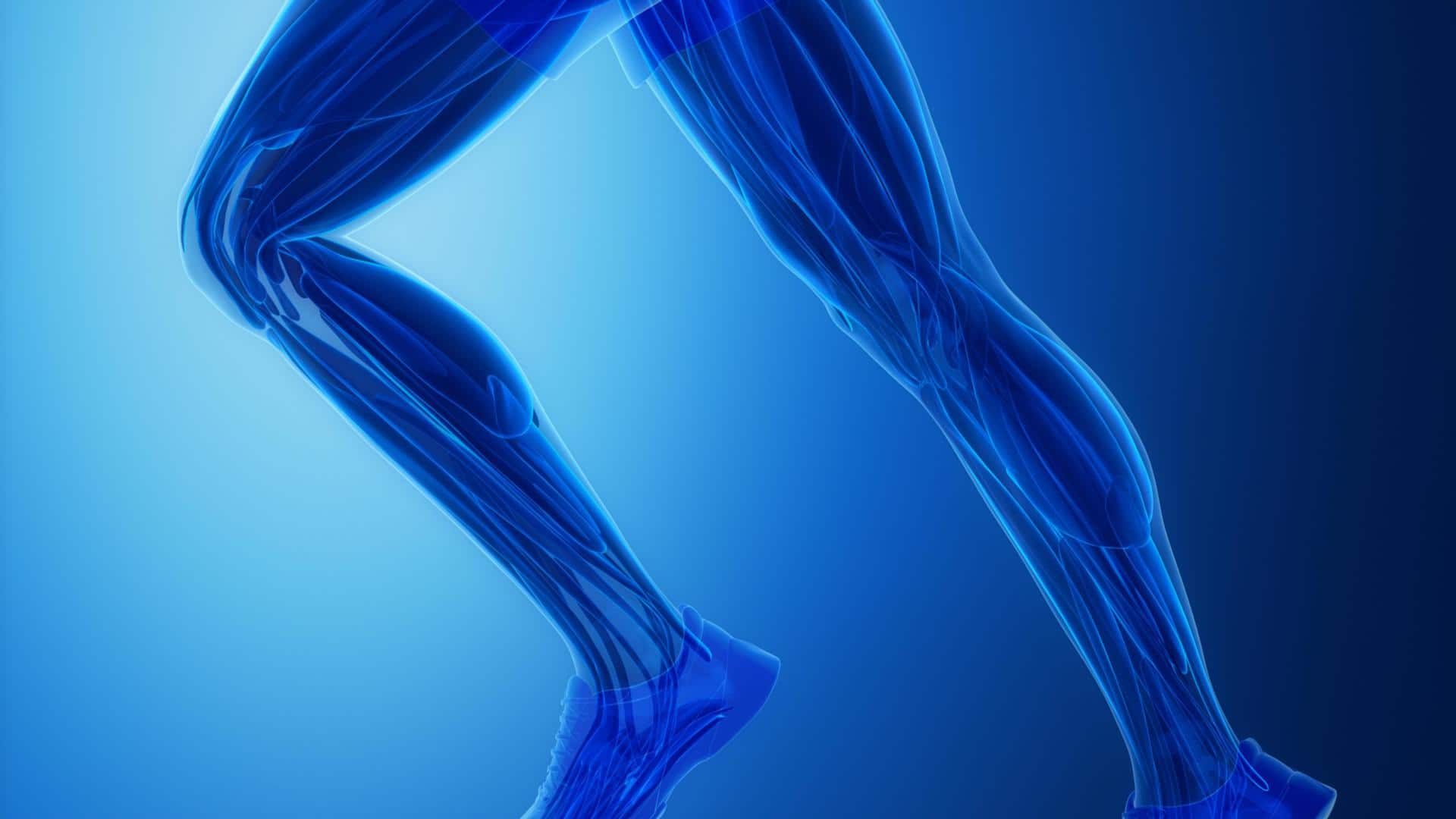
Your guide to leg muscle anatomy
What's the story
We often take for granted how our leg muscles work in tandem to enable us to go about our daily life. We are able to walk, sit, stand, run, or jump, all because of the coordination of our leg muscles along with many smaller muscles and tendons. Here is your one-stop guide to understanding the anatomy of your leg muscles.
Hips
Glutes
Referred to as hips or the butts, glutes are the muscles that help your body stay upright and enable you to power through workouts. The three muscles that form glutes are gluteus maximus, gluteus medius and the gluteus minimus. These three muscles always work together in coordination and help you perform movements such as lifting, rotating, and extending your legs.
Front thighs
Quadriceps
Situated on the front of the thigh, the quadriceps consist of four muscles namely vastus lateralis, vastus medialis, vastus intermedius and rectus femoris. The vastus lateralis helps to extend the lower leg. The vastus medialis and the vastus intermedius muscles help in knee extension. The rectus femoris helps in extending or raising the knee and is also used to flex the thigh.
Back thighs
Hamstrings
The hamstrings are a combination of three muscles located at the back of your thigh. They start from the glutes behind your hip bone and stretch all the way down to the tibia at the knee. One muscle is called biceps femoris, which flexes the knee, and the other two are semimembranosus and semitendinosus, which extend the thigh and flexes the knee respectively.
Inner thighs
Adductors
Located on the inner side of the thigh, four muscles form the adductor. These are called adductor longus, adductor brevis, obturator externus, and gracillis. The function of the adductor muscle is to pull the thighs together, which is called adduction. These collectively help in maintaining balance, stabilizing the hip, and allowing the rotation of the upper leg inwards.
Lower legs
Calves
Your lower leg consists of mainly calf muscles, which run from your knee to the ankle. Calf muscles are a combination of three muscles viz. gastrocnemius, soleus, and plantaris. Gastrocnemius helps extend your foot, ankle, and knee. Soleus helps to push you off the ground when you're walking. Plantaris plays a limited role in helping to flex your knee and ankle.